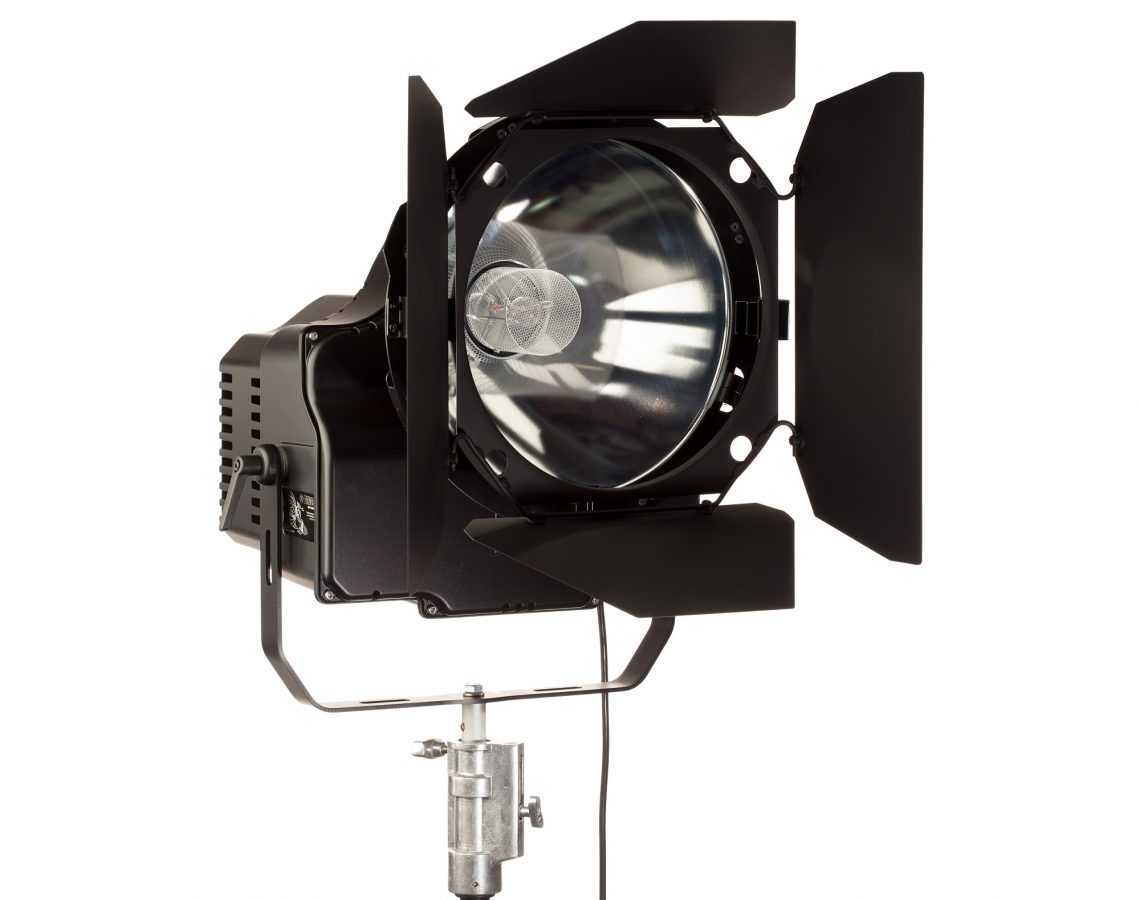Lighting Solution for High-speed Shooting

In our previous post, we have discussed different camera settings for high-speed shooting with Phantom Flex4K. And now we are going to discuss a common issue for shooting high frame rate moving pictures — Lighting. Even with the great sensitivity of high-speed cameras, we always need to prepare to use a considerable amount of light during shooting.
More Lights for Indoor shooting
When you are slowing down your footage by shooting a high frame rate, you need to consider the required increase in exposure. Shooting at high frame rates requires substantial lighting levels. As the number of frame per second doubles, the amount of light required to achieve the same exposure also doubles. This is especially true if you need to shoot at a deeper stop in order to allow a fast action to stay in focus. The more “closed” your iris is, the more lights you will need.
If you are going to be shooting indoors, be prepared with more lights than you initially felt necessary. This allows room for adjustments on the day and avoids having to make creative compromises due to lack of light.
Avoiding Light Flicker
It can be argued that tungsten lights are best for colour reproduction. However, tungsten lights can post issues for high-speed shooting. When shooting a high frame rate, especially over 500 fps and upwards to 1,000 fps, do make sure to use at least a 2,000 watts light in order to capture everything.
Phantom high-speed cameras can pick up the flicker that is otherwise undetectable to the human eye. We would recommend the use of advanced LED or plasma lighting systems from Hive Lighting, such as Hive Plasma 1000 and 250, as well as WASP 100-C. The reasons are simple: first, they do not flicker and second, they do not require a lot of power. Yet the amount of output relative to its wattage is high. These lightings are ideal for high-speed shooting.



Please contact our Cinematic & Broadcasting team to learn more about Phantom’s high-speed camera and Hive Lighting system.


